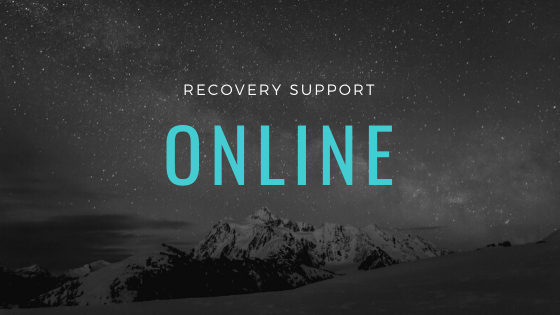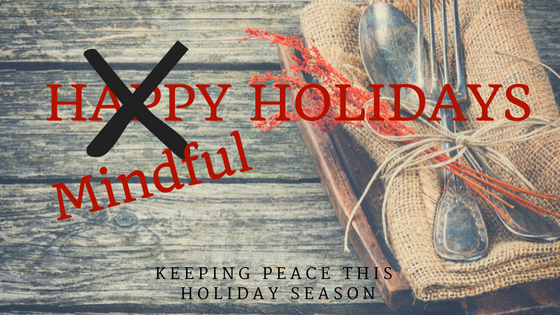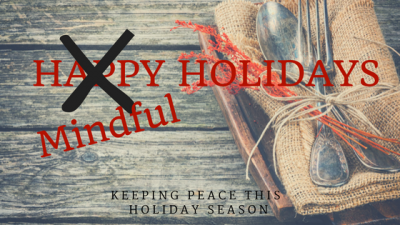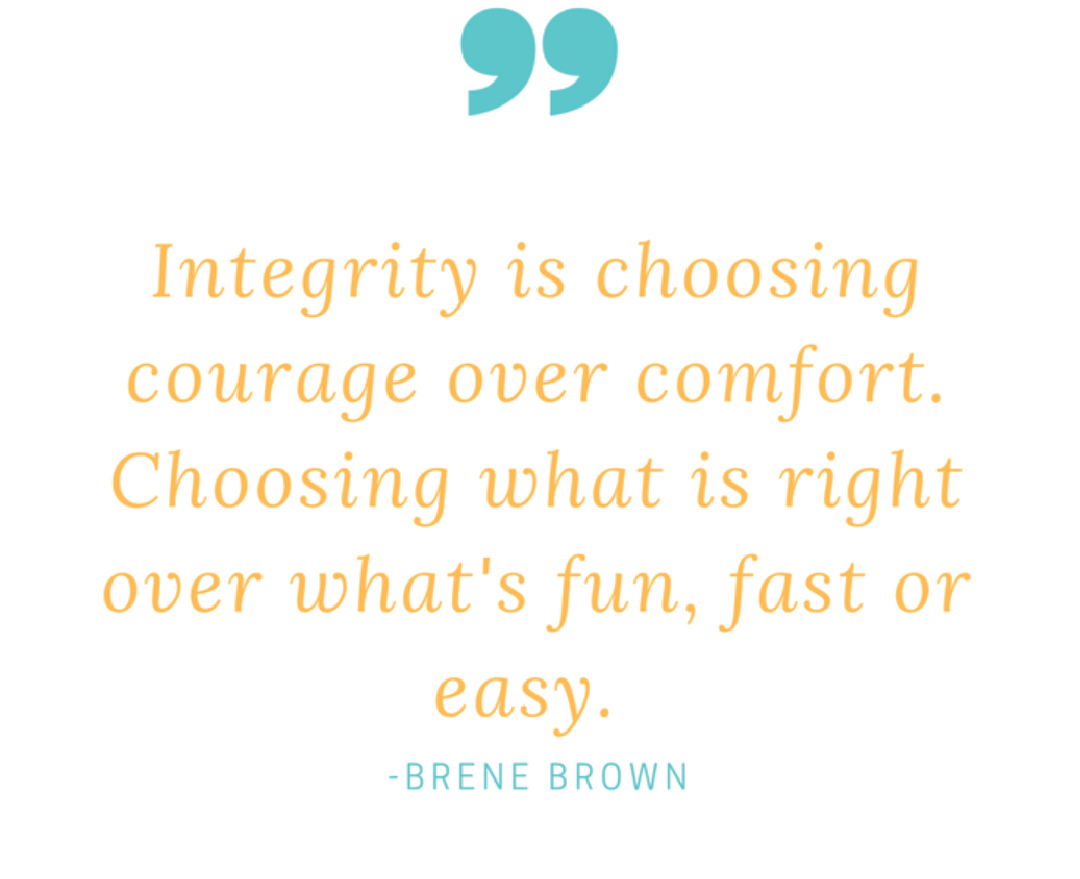 If you caught the Netflix miniseries Tidying Up, you’ve watched the ways in which she’s instructed families to sift through their belongings and release them back to the world when they no longer “spark joy.” In our office, we’ve discussed Marie’s wisdom and what it can offer to our clients and our own sense of well-being.
If you caught the Netflix miniseries Tidying Up, you’ve watched the ways in which she’s instructed families to sift through their belongings and release them back to the world when they no longer “spark joy.” In our office, we’ve discussed Marie’s wisdom and what it can offer to our clients and our own sense of well-being.
Her first step is to bring out into the open everything you own in a particular category. We often don’t know what all we have hidden away until we’ve taken it from hiding places. When faced with our large quantities, we can fully grasp the extent of what we have, what we’ve been hanging onto and put it into perspective.
Next, she suggests we hold an item in our hands to feel its weight. We let ourselves not just think about it, but have a physical experience of its presence in our life. And then we ask a crucial question: does it spark joy? Or perhaps, is it a conduit for joy? If it does “spark joy”, then it can find a proper home. But if not? Then we take a moment to thank the item for its service in our life, and we pass it along to be given away or discarded completely.
This process, which often leads to much purging through the home, can be helpful in our mental and emotional lives as well. Our EMDR-based philosophy recognizes that particular behaviors have been adapted because they served a purpose: to keep an individual alive and functioning during or after a point of trauma. It’s an old solution that no longer works.
We can actually be grateful to our survival mechanisms because they served a purpose, for a period of time. But just like that tattered college-years hoodie, it doesn’t serve the same purpose anymore. With the help of your treatment provider, you can acknowledge these behaviors, thank them for their service, and then be done with them. With the new spaciousness, you’ll find freedom to adapt lifestyles more congruent with your present instead of your past.
But what about sentimentality? How can we get rid of the mementos and reminders of our history? Holly Schweitzer-Dunn, LISW, reminds us that we can respect and honor our past without keeping it right in front of us. Letting go doesn’t diminish its history, but hanging on may diminish the future.

Surfing Why you should Marie Kondo Your Relationships
Reading Real Love: The art of mindful connection by Sharon Salzburg; The Universal Christ by Richard Rohr; Mothers, Daughters and Body Image by Hilary McBride; Mindfulness in Plain English by Bhante Henepola Gunaratana
Listening The Robcast: Kristen Bell on Anxiety, Part 1 and Part 2; Another Name For Every Thing
Watching One Strange Rock on Netflix
Visiting Sunny Florida! Nicole, Michele and the Schweitzer-Dunn family made recent trips.
Eating Holly recently dug out the greens for a fresh pesto!
Moving NeuroMovement- Learn more from Jill Bolte Taylor and Anat Baniel
Hancock County Park District is sponsoring a free Take a Walk in the Park day on March 30. And Aqua Zumba meets Holly’s need for a little bit of silliness and fun in a workout.
Registering The 3rd Annual Jenelle Hohman Color Me Happy 5k Run/Walk to support Hancock County NAMI is coming up May 18
Leading Andrea led a workshop on the Enneagram at the Findlay MOPS group and our office will be conducting a breakout session at the University of Findlay’s upcoming conference on Trauma and Addiction.
Creating Planning an herb and vegetable garden to be planted soon!
Resting A trip to Miami for family R&R

 There’s a saying in the recovery community: What we cannot do alone, we CAN do together. In nearly all recovery models, there is a strong emphasis on connection to others as a support. Our Long Term Intern, Louis Vermillion says, “The first word of the 12 steps in any recovery program is WE…it is said that the disease of addiction is always whispering in the our ear, and accountability with others in recovery helps quiet that whisper.”
There’s a saying in the recovery community: What we cannot do alone, we CAN do together. In nearly all recovery models, there is a strong emphasis on connection to others as a support. Our Long Term Intern, Louis Vermillion says, “The first word of the 12 steps in any recovery program is WE…it is said that the disease of addiction is always whispering in the our ear, and accountability with others in recovery helps quiet that whisper.”

 If you caught the Netflix miniseries
If you caught the Netflix miniseries 

 Christmas cards and commercials are created to make us feel as if every waking hour from Thanksgiving to January 1 should be filled with magical moments with family and friends. We’re socialized to appear “happy” during these celebratory times of year. We know this isn’t always the situation. Rather, the last two months of the year tend to make people feel guilty and ashamed if you don’t feel happy and joyful. Instead of trying to muster up the “happy” of the holidays, consider spending your energy mindfully approaching the season:
Christmas cards and commercials are created to make us feel as if every waking hour from Thanksgiving to January 1 should be filled with magical moments with family and friends. We’re socialized to appear “happy” during these celebratory times of year. We know this isn’t always the situation. Rather, the last two months of the year tend to make people feel guilty and ashamed if you don’t feel happy and joyful. Instead of trying to muster up the “happy” of the holidays, consider spending your energy mindfully approaching the season:
 Emotional pain is gasoline to the fire of addiction. Before a chemical or physiological addiction transpires, a person craves the escape from his or her feelings. In the work of recovery, we must address not only the behaviors, but the web of experience behind the behavior. The work of knowing our feelings – mindfulness – takes a regular practice of awareness. Many times we experience emotion below the surface and attempt to escape before we’ve had a chance to name them.
Emotional pain is gasoline to the fire of addiction. Before a chemical or physiological addiction transpires, a person craves the escape from his or her feelings. In the work of recovery, we must address not only the behaviors, but the web of experience behind the behavior. The work of knowing our feelings – mindfulness – takes a regular practice of awareness. Many times we experience emotion below the surface and attempt to escape before we’ve had a chance to name them.